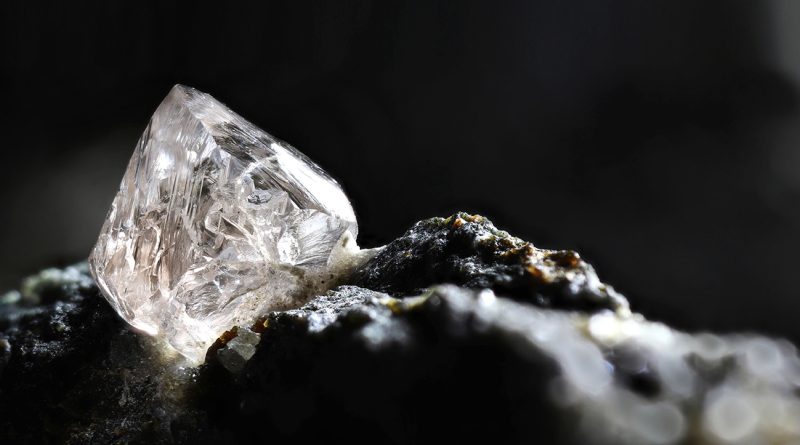Part of the world’s leading diamond company – De Beers Group of Companies – De Beers Canada has ambitious future plans
Canada is normally not the first country that comes to mind when thinking about the diamond mining industry. For the world’s leading diamond purveyor, however, the country plays a large role in its future. “From the perspective of the De Beers Group, Canada is a part of the growth of the company,” says Tom Ormsby, director of external and corporate affairs for De Beers Canada. “We know we’re taking early steps here compared to the rest of the company, but we’re confident in the future potential in this country. We’ve only been in production here for three years as opposed to 123 years in Africa, but we certainly believe in Canada has a growth role to play for De Beers with two operations and a robust project.”
De Beers Canada started production in two mines – Snap Lake in the Northwest Territories and Victor in northeastern Ontario – in July 2008, and is in permitting phase on a third. Last year, De Beers Canada, in partnership with Mountain Province Mining Inc., filed an 11,000-page environmental impact statement to the Canadian government regarding its intention to mine Gahcho Kué, a property in the Northwest Territories approximately 100 kilometers from its Snap Lake Mine. Pending approvals, construction on that site is expected to take two years and estimated to have a capital cost of about $745 million.
High quality
De Beers’ interest in Canada began more than 50 years ago when company geologists first started looking at the possibility of finding kimberlites, the host rock for diamonds. The Victor Mine was initially discovered in 1987, kicking off a long exploration phase that culminated in formal geological surveys and feasibility studies beginning in 2000.
The open-pit Victor Mine has an expected life of 12 years and is one of 18 kimberlite pipes discovered on the property, 16 of which are diamond-bearing. De Beers Canada has an advanced exploration program on the property and hopes to mine from one or more to extend the life of the mine. The Victor Mine – which cost approximately $1 billion to build – produced 826,000 carats in 2010 and has an annual processing capacity of 2.7 million tonnes.
“We’re looking to extend the life of that mine,” Ormsby says. “It’s a great mine but doesn’t have a life as long as most mines; bringing in more resources would be a great addition to the only diamond mine in Ontario and the only diamond mine south of the 60th parallel.”
In the Northwest Territories in 2000, De Beers bought the Snap Lake project from Winspear Resources, who discovered a kimberlite rock deposit there in 1997. The fully underground Snap Lake mine has an expected life of 20 years and produced 926,000 carats in 2010. The 20 year life-of-mine is currently the longest in the De Beers Group.
Both mines produce quality stones that fetch a higher price per carat than the average price globally, a fact that justifies the larger cost to mine in Canada than other countries where construction and operating costs may be lower. “In Canada, because mining is becoming more and more remote, the cost to construct and operate a mine can be quite high when compared to a number of other jurisdictions,” Ormsby says. “Add in the costs of operating in extreme conditions and we need to ensure we’re producing a quality product.”
In addition to cold winters – with temperatures often reaching minus 70 degrees Celsius – the Canadian mines are reachable only by air year-round, which drives up supply and labour costs. Each mine is supported by a seasonal ‘ice road’, which adds another layer of costs to the operations.
Social commitment
Both of De Beers Canada’s operating mines make a large contribution to their surrounding communities. In 2010, the company injected $474 million into the Canadian economy through operations contracts, goods, services, community education, and literacy programs.
The company has seven Impact Benefit Agreements and one Working Agreement in place covering nine aboriginal communities close to the mines. A total of $48 million was spent on goods provided by aboriginal suppliers at Snap Lake, with $49 million going to Victor Mine’s local aboriginal community businesses. “We’re very proud of how we operate sustainably and responsibly,” Ormsby says.
[Details correct at time of writing]
